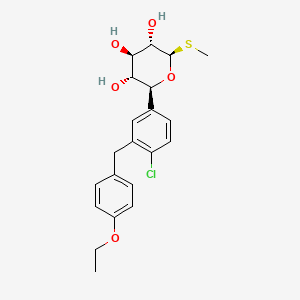
In continuation of my update on prazosin
A drug used to treat post-traumatic stress disorder (PTSD) may actually be harmful, a new study suggests.
The high blood pressure drug prazosin is sometimes used to treat PTSD-related nightmares and insomnia that can increase suicide risk. But this small study suggests the drug may make nightmares and insomnia worse and not reduce suicidal thoughts in PTSD patients.
"I think we have to view this as not the final word on this, but it raises questions," said study author Dr. W. Vaughn McCall. He's chairman of psychiatry and health behavior at the Medical College of Georgia.
The study included 20 PTSD patients, including two military veterans and several civilian women who had been sexually assaulted. All had active suicidal thoughts, some had previously attempted suicide, and most were taking antidepressants and/or had them prescribed for the study.
For eight weeks, participants took prazosin at bedtime with an aim of preventing nightmares and suicidal thoughts. They were assessed weekly for severity of suicidal thoughts, nightmares, insomnia, depression and PTSD.
The drug "did not seem to do much for suicidal ideation and that was somewhat disappointing, but the thing what was mind-blowing was that it actually worsened nightmares," McCall said in a university news release. "Maybe it's not for everybody."
The unexpected increase in nightmares and insomnia might owe to the severity of a patient's PTSD or the once-a-day dose of prazosin, he said.
PTSD patients' nightmares often focus on the trauma that caused their PTSD, he said.
Two patients required emergency inpatient psychiatric care, but there were no suicide attempts or deaths during the study, which was published recently in the Journal of Clinical Psychopharmacology.
Prazosin may help some PSTD patients, but may not be a good choice when suicide is an active concern, according to McCall, who is now seeking input from PTSD experts across the United States
Two larger studies in active and retired military personnel yielded mixed results as well, he noted.
"We need to reconcile how is it that we had 10 years of data saying prazosin is good for nightmares in PTSD, a big study this February indicating it has essentially no [effect] and now a smaller study showing it can worsen some aspects," McCall said. "We need to know what it all means."
The antidepressants sertraline (Zoloft) and paroxetine (Paxil) are the only U.S. Food and Drug Administration-approved PTSD drug therapies, he said, adding that neither is widely effective.
Ref: https://journals.lww.com/psychopharmacology/Abstract/2018/12000/A_Pilot,_Randomized_Clinical_Trial_of_Bedtime.15.aspx
-----------------------------------------------------------------------------------------------------------------------






